Photographer Ian Plant is known for many things. He is a Tamron USA Image Master. His books and instructional videos have taught thousands of people the process of fine art landscape photography. His work has been published by acclaimed magazines Outdoor Photographer, Popular Photography, and Landscape Photography Magazine. But even with a resume this impressive, Plant may be best known for his series, ‘Dreamscapes‘, which he says, “moves beyond the literal and transforms subjects into something unexpected, bridging the line between the real and surreal.”
While Plant’s Dreamscapes are an obviously impressive collection of photos, I personally have always loved a section on his website called “The Human Element”. From Kenya to Iceland, Plant incorporates human subjects into the extraordinary scenes that he finds.
I sat down with Plant to get the story on the project that doesn’t get as much attention as Dreamscapes, but is equally just as impressive.
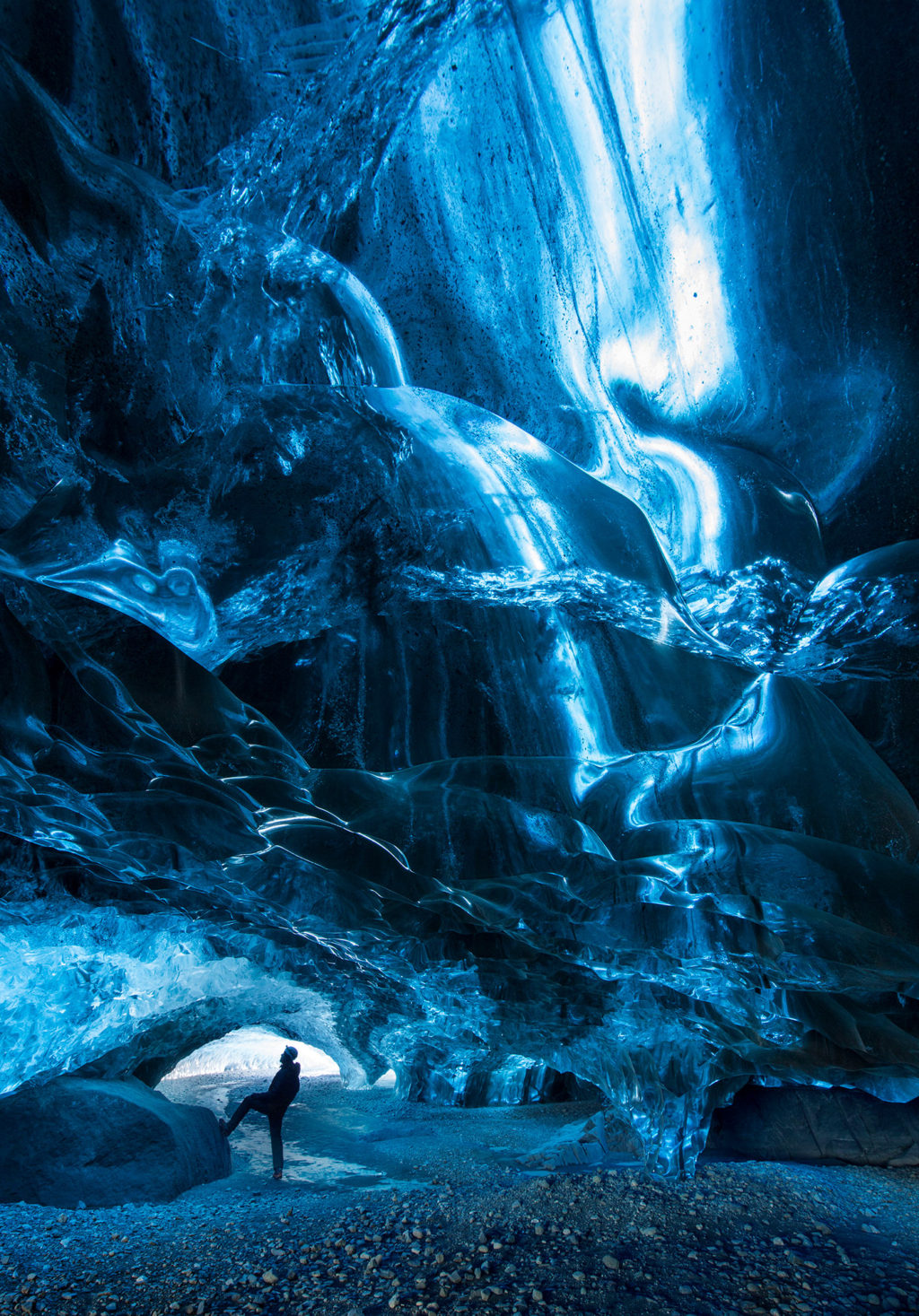
You are beyond well-known in the world of photographers, with most of your known work centered around your landscapes and Dreamscapes. But you appear to be drawn to having figures in your travel photos, adding a human element. When did the addition of people start to appeal to your photographing mind?
There was a time in my life when I vowed to never take a photo featuring people. That all changed several years ago during a trip to Morocco, where I fell in love with street photography. I learned that my quest for making compelling images transcends genres and the arbitrary lines I tried to draw for myself. Art should know no boundaries! So now I readily embrace making photographs featuring the human presence.
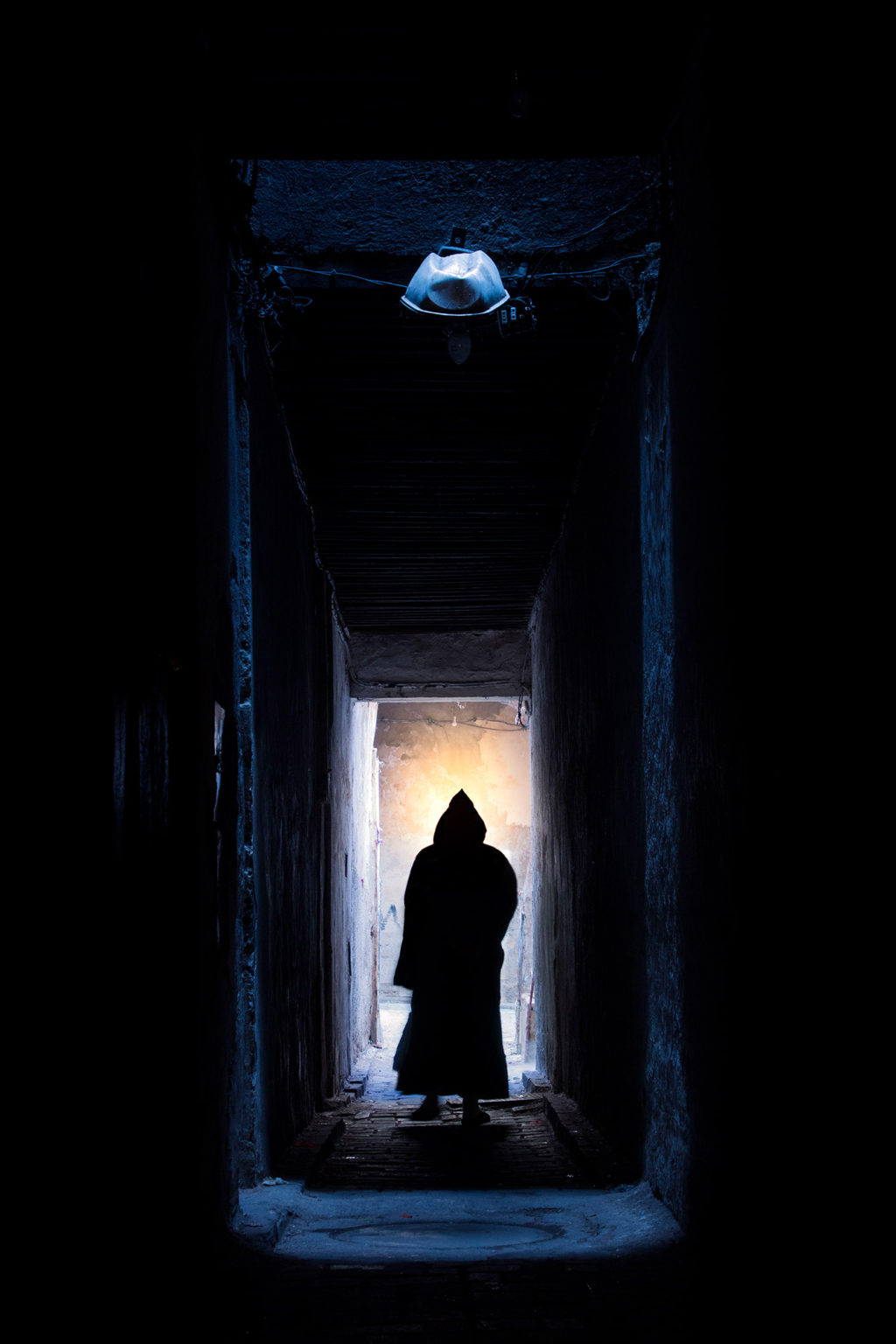
For you, What is the most appealing aspect of adding people to your travel scenes?
People add life and energy to travel photos. A person’s pose, posture, facial expressions, and line of sight can add so much to the story you are trying to tell with your photographs. Not every travel photo needs a person in it, but adding people can improve one’s travel photos in numerous ways.
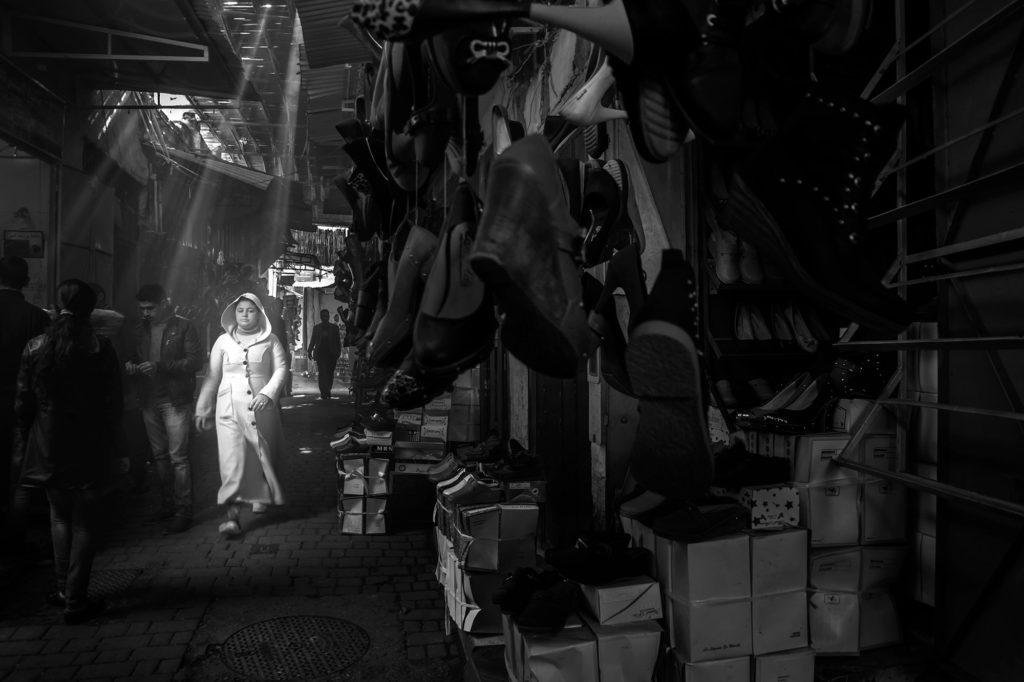
Currently interviewing you from Morocco, I find myself obsessing over your images from this country. Possibly the most powerful being the woman begging at the food stalls in Jamaa el Fna in Marrakech. What was it about the scene that drew you in, and how did you try to tell the woman’s story through just one photograph?
So much of the scene was visually appealing, especially the woman’s bright orange robe. The Jamaa el Fna is a chaotic place of seemingly endless motion, but I was immediately struck by her motionless vigil. I tried very hard to capture the paradox of Morocco in this one photograph: the collision between the slow slumber of ancient civilizations and the vibrant fervor of modernity.
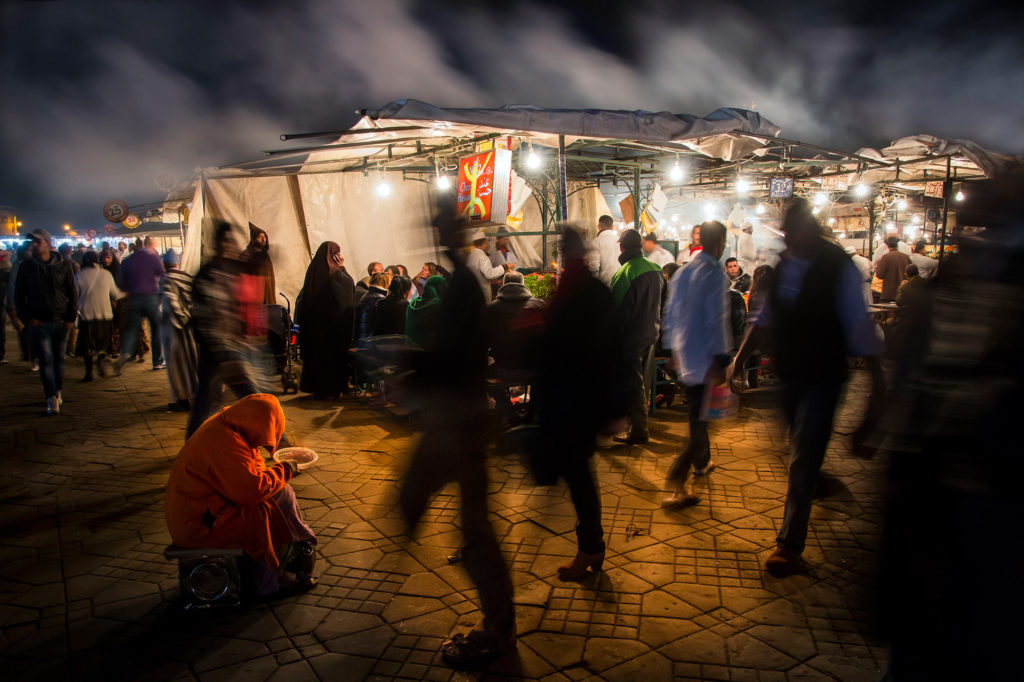
Being a Tamron Image Master, you obviously know your lenses. If you were on documentary style travel assignment to highlight the local culture of a location and could only bring one lens, which would it be and why?
I’d want to bring a lens that is capable of capturing multiple perspectives, ranging from wide-angle scenes to tight telephoto portraits. So an “all-in-one” lens would be best, such as a the Tamron 16-300mm lens.
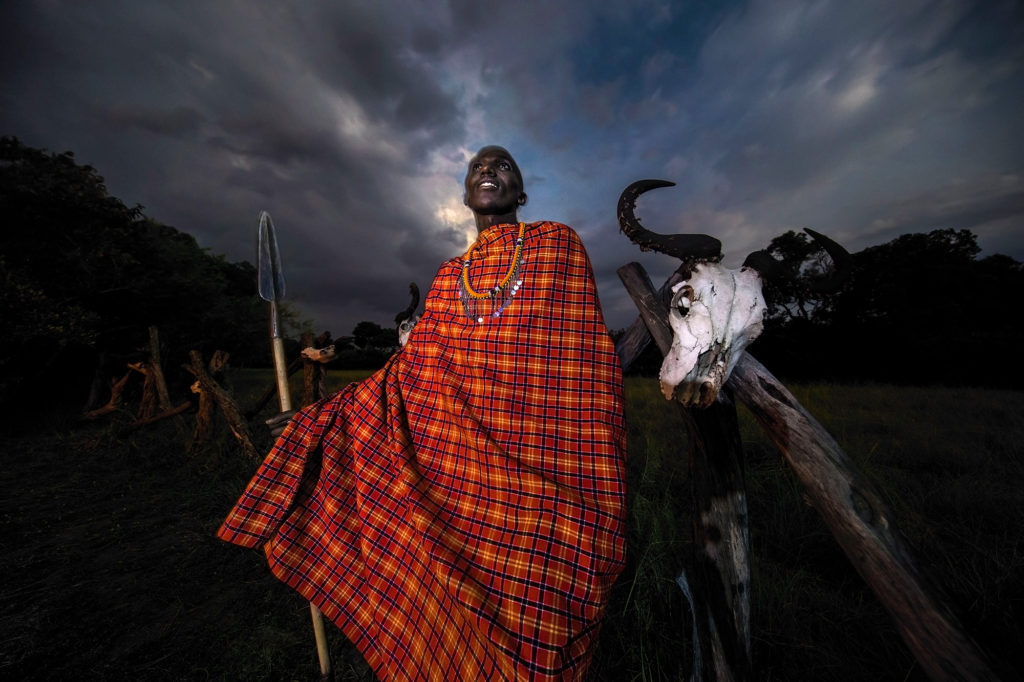
What is it that inspires you to continue to work with the addition of the human element in your photographs, even though they may not become your most well known or most shared images?
These days, I just chase good photos. Even if most of my fans want to see landscape work, if a photo has meaning to me, I’m going to take it, no matter the subject!
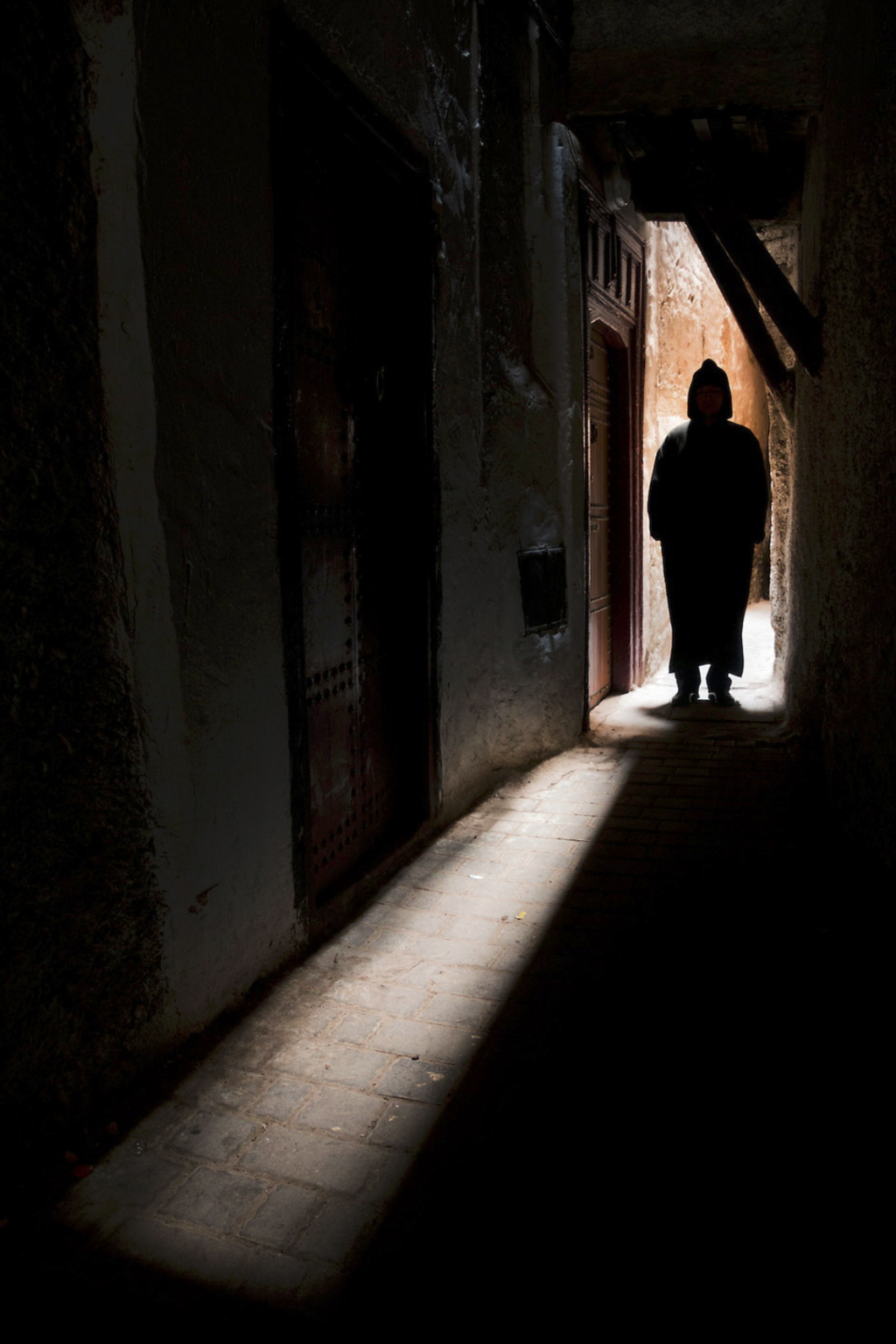
Can you provide three tips for photographers to help improve the way they incorporate the human element into their travel photography?
One, learn to view everything, even people, as abstract visual elements, the building blocks of a successful composition. Two, always look to tell a story with your photos: wait for the moment when your subject does something revealing, or something that will help forge an emotional connection with your viewers. Three, don’t be afraid to look for unusual perspectives and compositions. The best photos show people what they don’t or can’t see with their own eyes, so always look for ways to surprise your viewers!
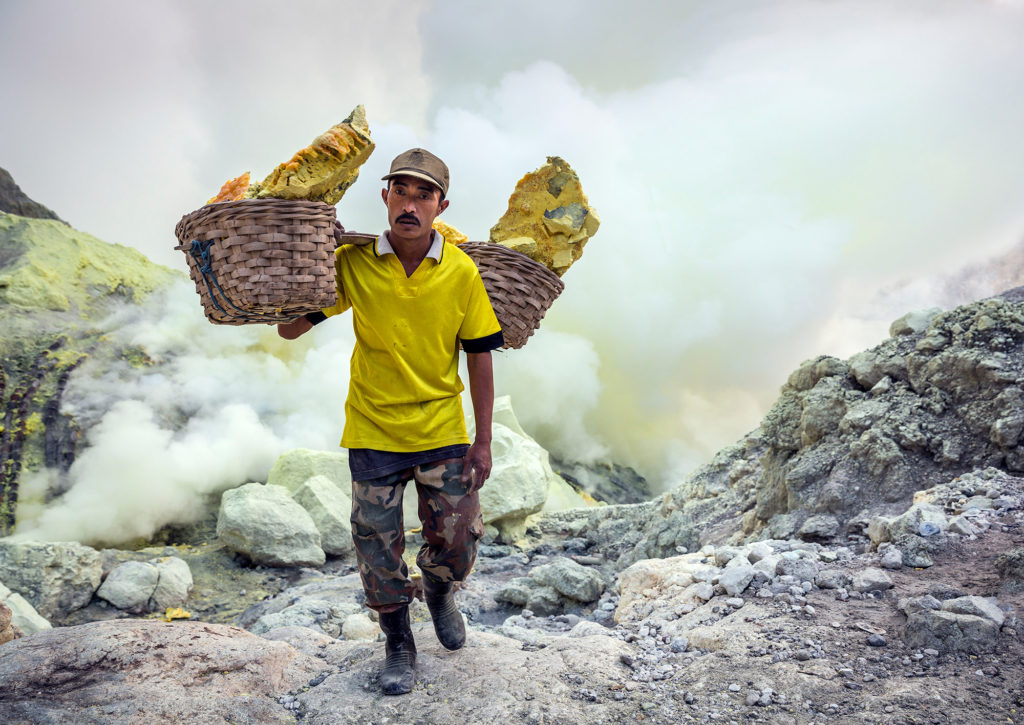
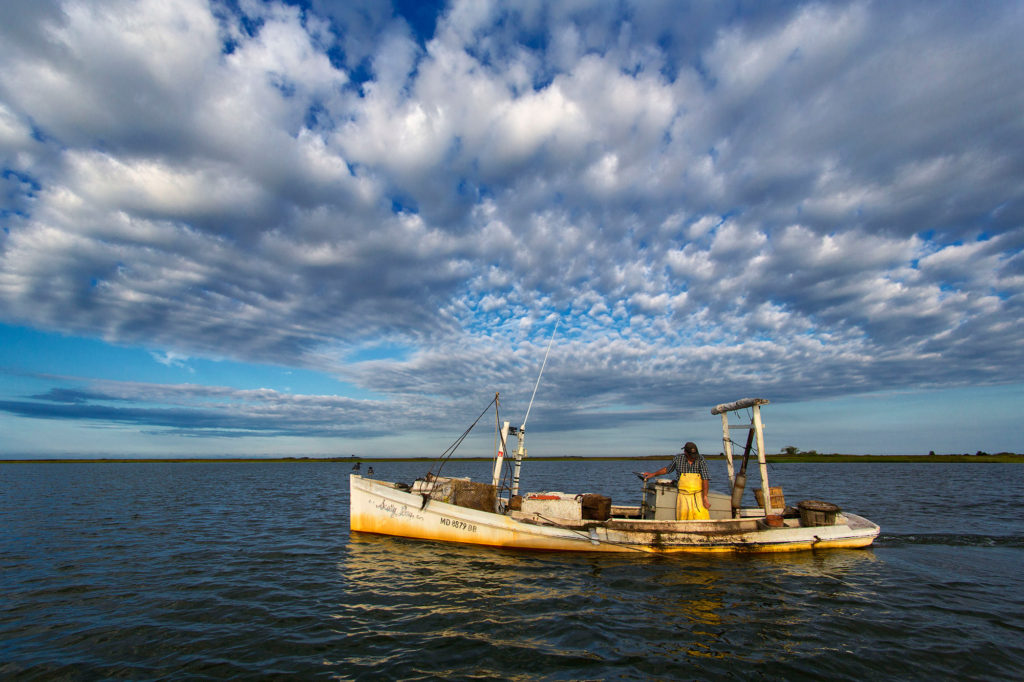
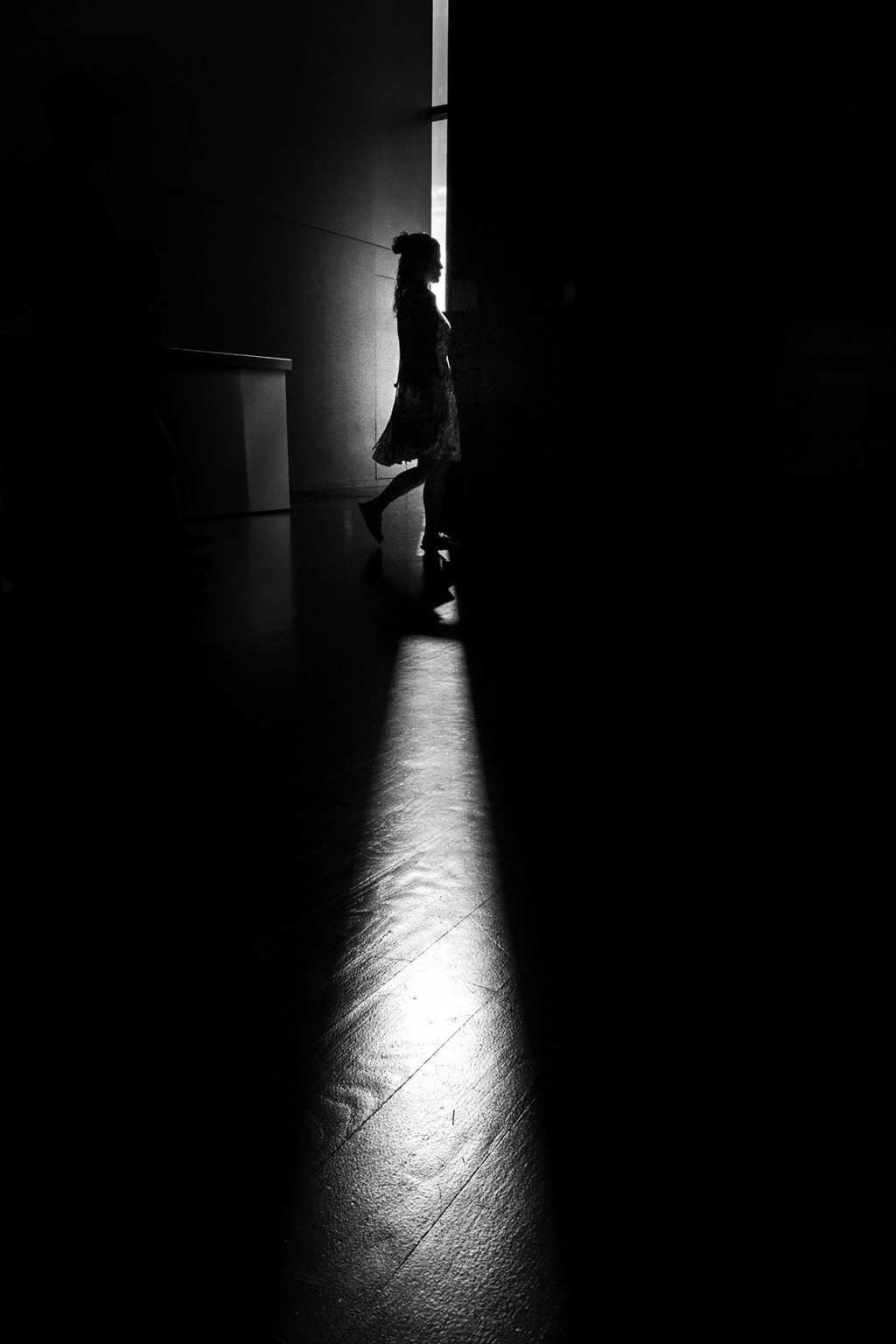
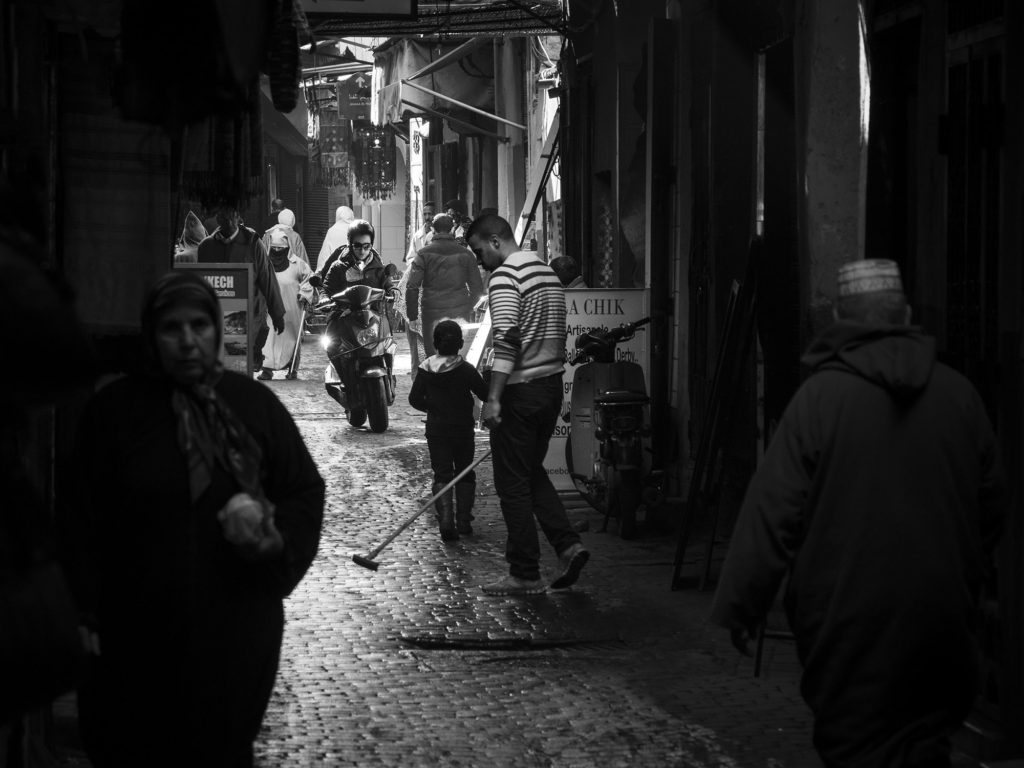
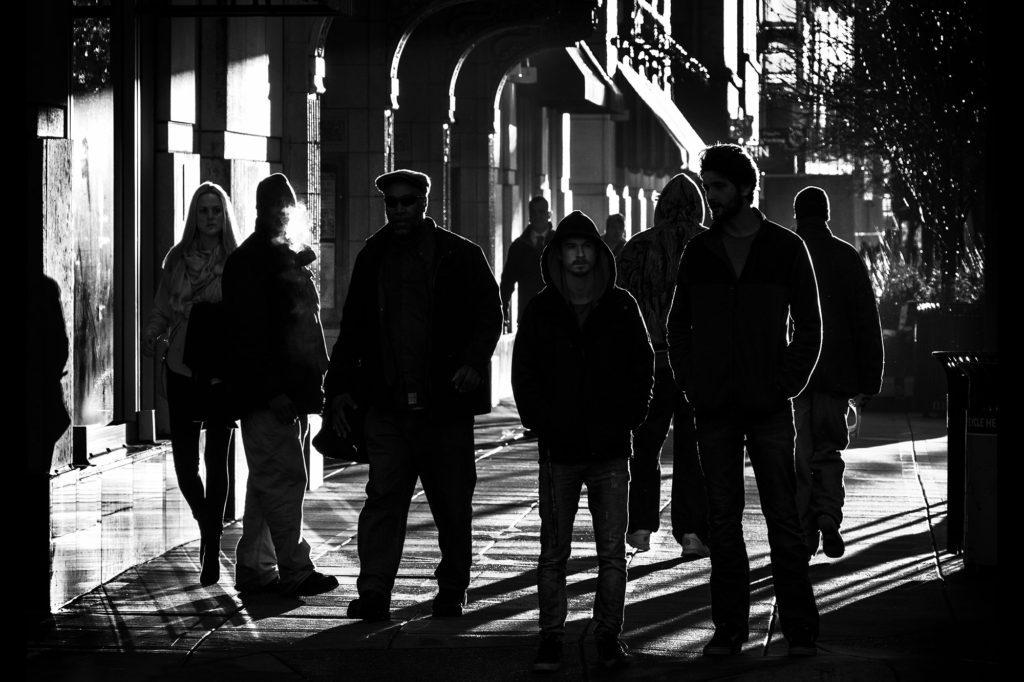
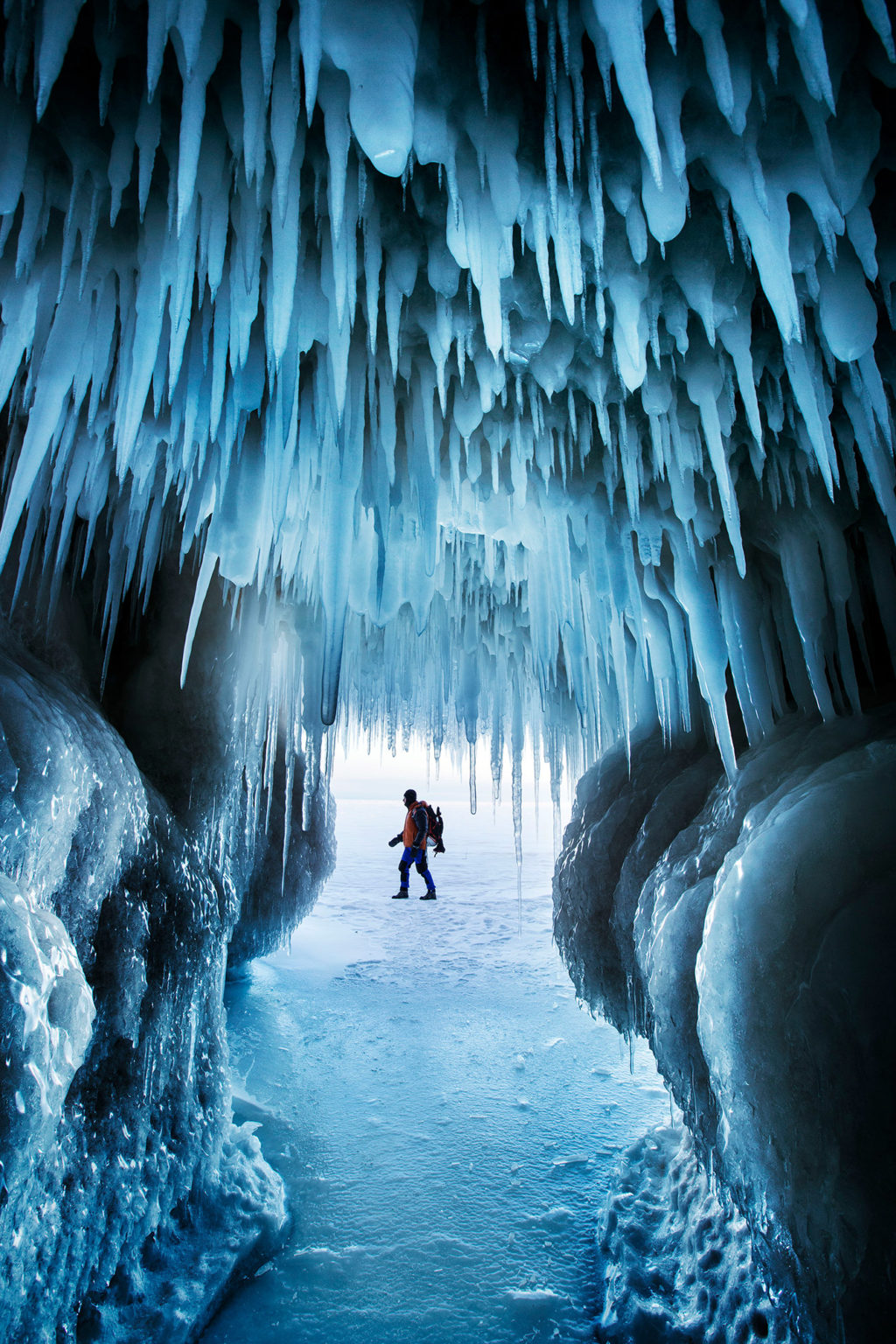
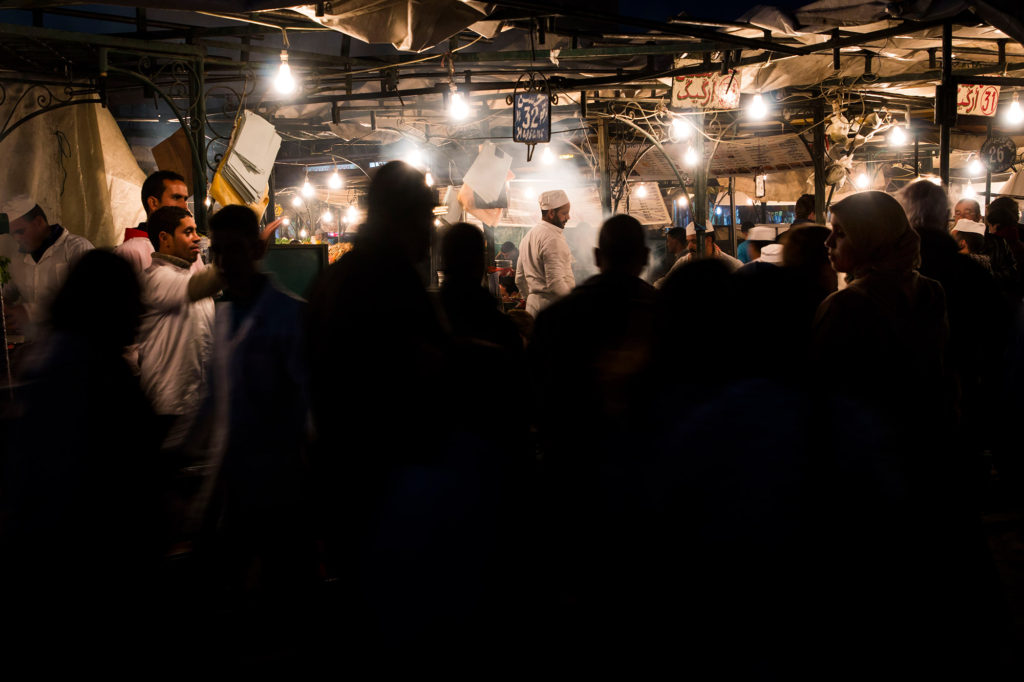
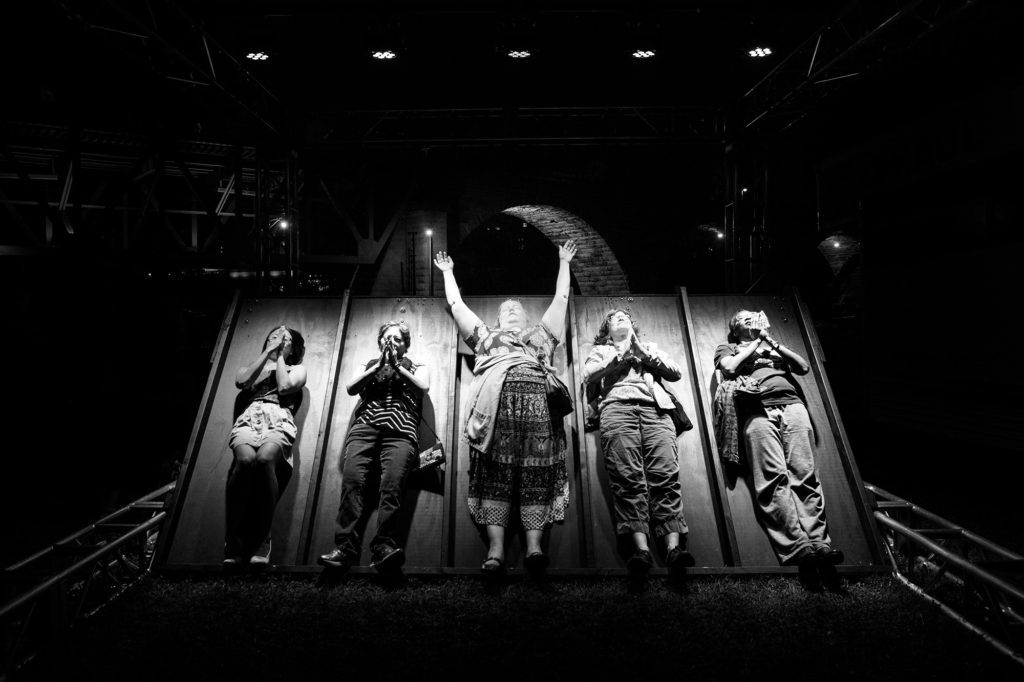
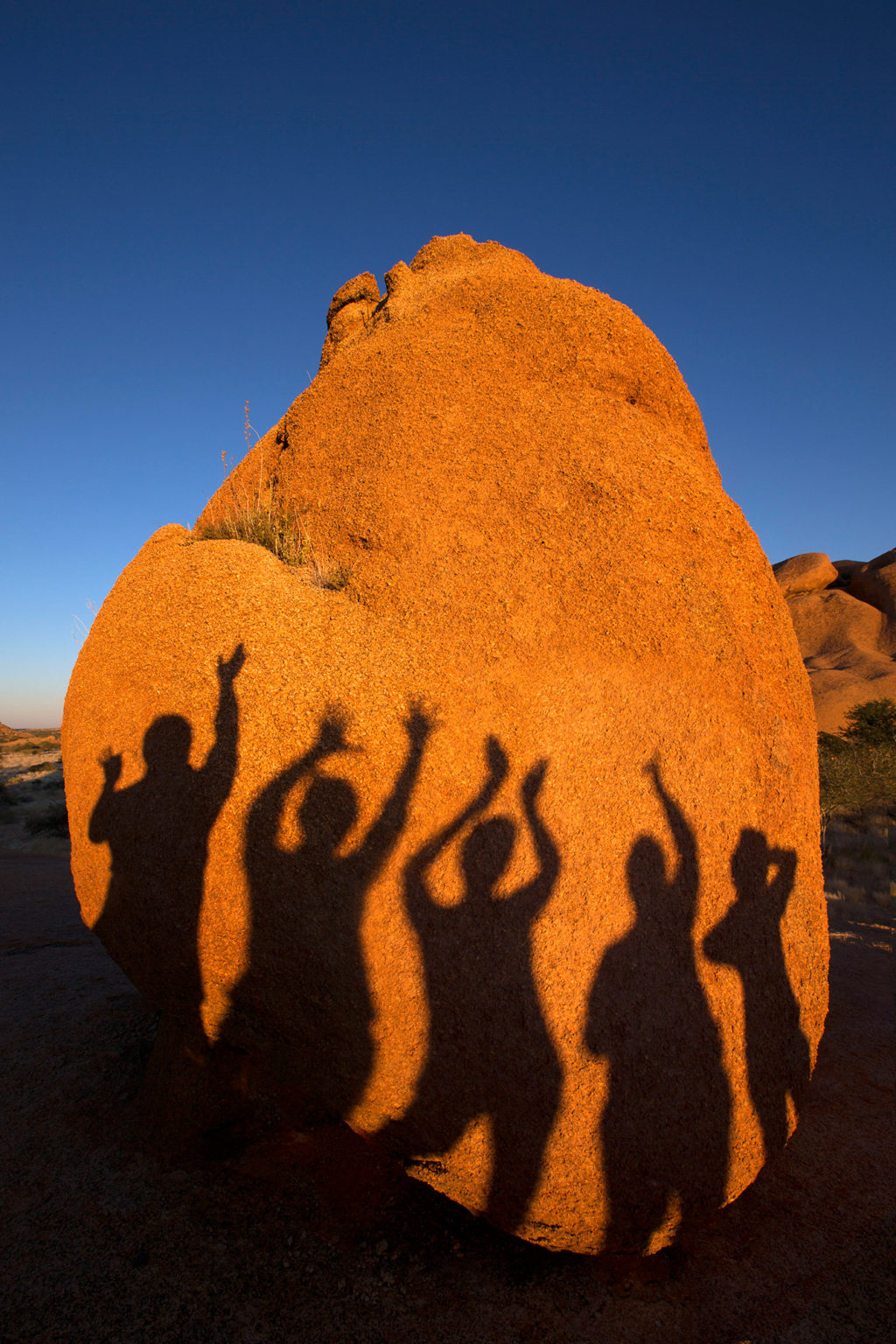
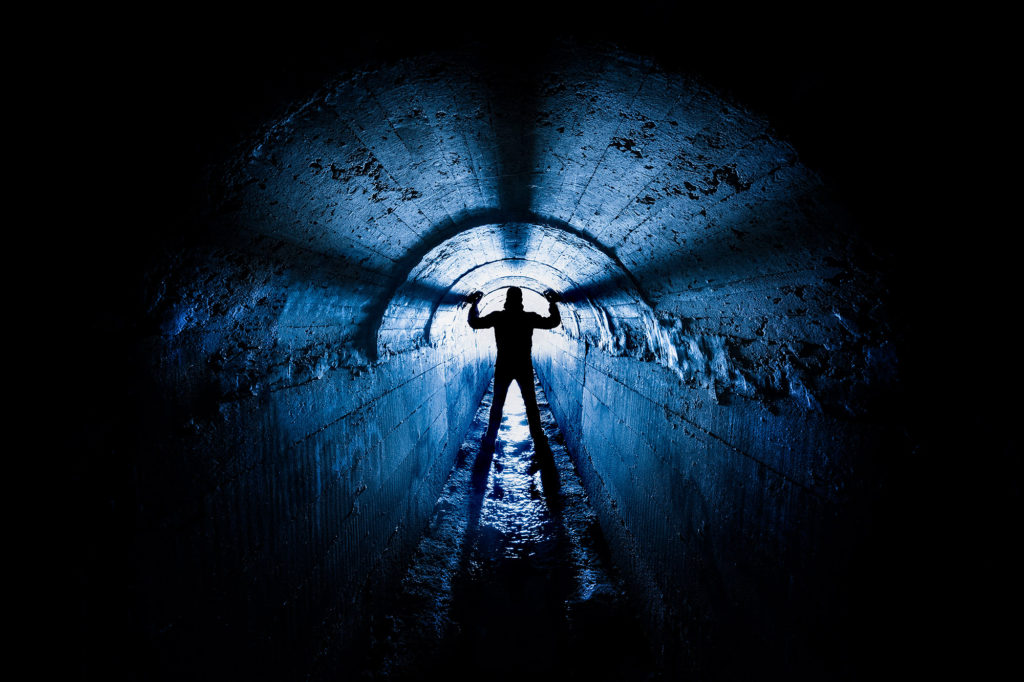
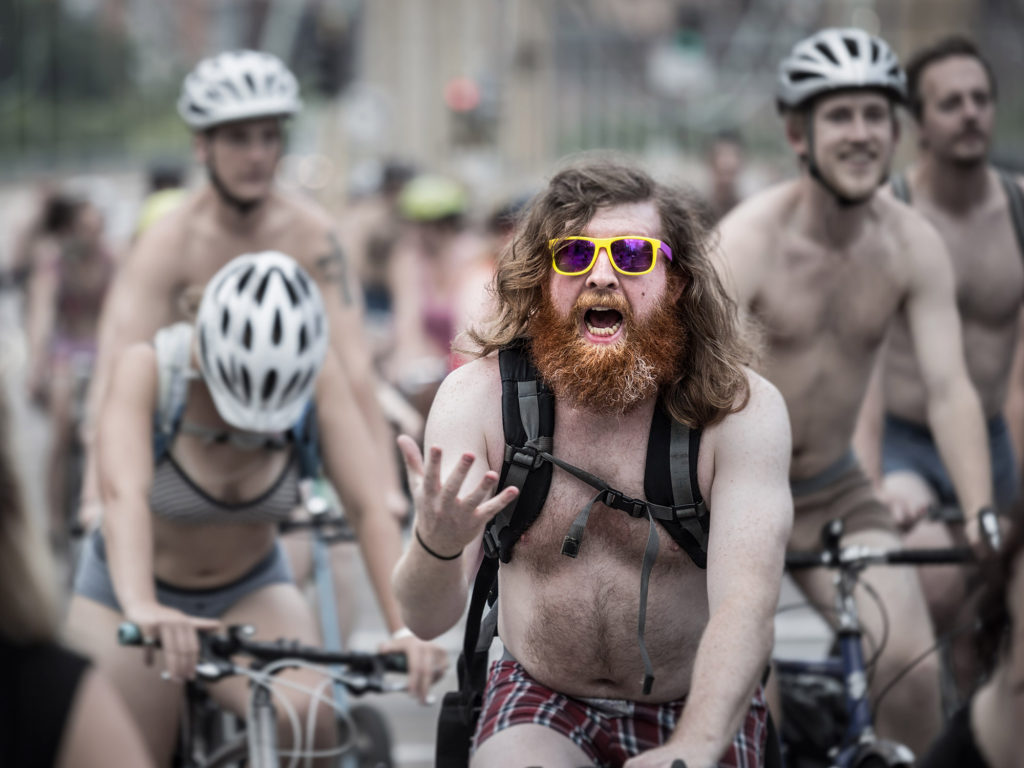


1 comment
I do not know whether it’s just me or if everyone else encountering problems with your site.
It appears as though some of the text within your posts are running off the
screen. Can someone else please provide feedback
and let me know if this is happening to them as well?
This may be a problem with my web browser because
I’ve had this happen previously. Kudos